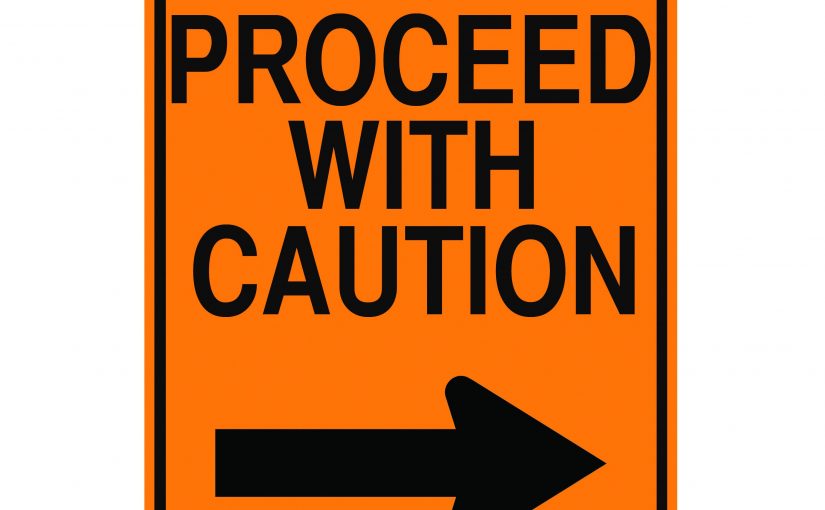
For the past couple of decades, law enforcement executives in the United States have seen an increase in the monitoring of their operations by local civil rights organizations and the U.S. Department of Justice (DOJ). In the last 10 years, the DOJ has opened 25 investigations into alleged civil rights violations by law enforcement officers or agencies. Currently, the DOJ is enforcing 20 agreements with law enforcement agencies, including 15 consent decrees and one post-judgment order. With this increased scrutiny, law enforcement executives face the dilemma of increased outside scrutiny for their policies and procedures and internal calls from police unions and associations to stand by accused officers. Striking this balance while setting organizational priorities can lead to decreased scrutiny and reduced liability exposure.
This volatile environment demands that law enforcement executives examine the high-risk areas within their organizations before they are exposed by external groups. When external groups such as the DOJ are asked to initiate investigations, the law enforcement agencies in question endure both financial expenses and more intangible costs such as damage to community-police relationships. The cost of monitoring and fulfilling agreed-upon reforms of a consent decree is part of the active discussion occurring around the United States among law enforcement executives. Cities estimate the cost of monitoring alone at approximately $1 million per year, not including expenses associated with hiring, new equipment, and training. The cost of a fractured relationship with the community is more difficult to measure, but the societal costs could linger for decades.


